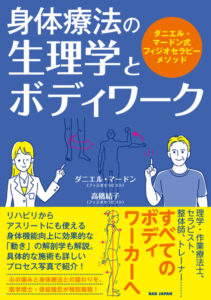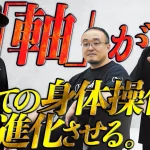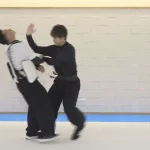【Exploring the spirit of the Ryukyu】Series 11 (HIDEN 03/2024)「Higa Minoru SENSEI」

【Exploring the spirit of the Ryukyu】Series #11 (HIDEN March 2024)「Higa Minoru SENSEI」
Interview/Writer: Daniel Mardon
Photography/translation: Yuko Takahashi
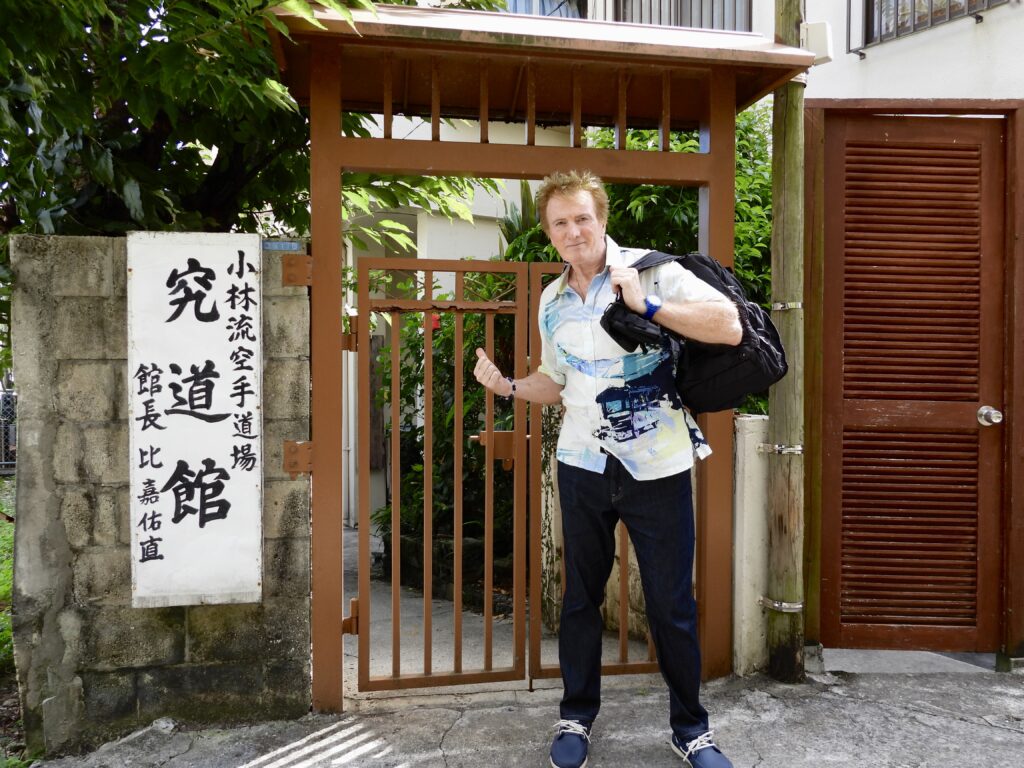
Somewhere in the narrow streets or trails of Tsuboya, where the pre-war townscape still remains, sits the Shorin-Ryu “Kyudokan” Hombu Dojo.
Today, we are going to visit the “Okinawa [Kobayashi] Shorin-ryu Karate Kyudokan Dojo”, which was founded in 1954 by Grand Master Higa Yuchoku Hanshi 10th Dan (1910-1994).
After Higa Yuchoku Sensei passed away, his very close nephew Higa Minoru, 10th Dan Hanshi, took over the “Kyudokan” and became its second Kancho, and continues to do so to this day.
Higa Minoru Sensei is also a 4th Dan in Judo (Kodokan) and was a heavyweight champion amateur boxer. Besides his physical achievements, Minoru Sensei holds several high social duties as the honorary chairman of the preservation society and for cultural events such as the famous “Naha ootsunahiki” (Naha Great Tug of War); a traditional culture that dates back to the Ryukyu Kingdom era that originated around 1450. It was discontinued in 1935, but was revived in 1971, the year before Okinawa’s return to mainland Japan.
The rope is 200 meters long and weighs 40 tons, and is recognized by the Guinness Book of World Records as “the world’s longest straw rope.”
Higa Yuchoku Sensei who was the Municipal Chief Councilor of Naha City at the time, was also the chairman of the “Naha ootsunahiki” Committee and has been instrumental in its revival.
Minoru Sensei is the one who inherited the Naafanchuu なーふぁんちゅ(the deep Naha’s soul and culture) from Yuchoku Sensei and succeeded to him.
Shorin-Ryu is the closest Karate to my Shotokan-ryu, so I’m really looking forward to visiting this Dojo. In fact, a few days before this interview, I had the pleasure to participate in a wonderful training session with Minoru Sensei’s son; Koyu Higa Kyoshi 7th Dan.
The hundreds of Tsuki (punches) and Keri (kicks) reminded me of my training days at my Dojo in Paris.
The “Kyudokan Dojo” is located in a very precious and historical place called “Tsuboya Pottery district”. We have already talked about this area in our previous “Higaonna Morio Dojo” article. Both Dojo are very near and the 2 legend-Sensei are very good friends.
In the early 17th century, the best potters were regrouped in this lovely village built on a hill in central Naha, which is conveniently situated between Shuri and the port of Tomari. The slopes were perfect to host huge climbing kilns to bake clay. This is where the characteristic Okinawan roof tiles were made among many other things.
This area has been miraculously spared by the bombings during WWII and you can get a glimpse of prewar Naha with its tiny winding streets, where cars cannot get in. This is the reason why the “Kyudokan Dojo” is not easy access and difficult to find. However it is close to the famous Feenukama (south kiln); a kiln made of clay, in 1682 and that is about 20m long and about 3m wide.
We are not here for tourism, but for Karate training with another great legend of Okinawa and tonight’s class will be conducted by Master Higa Minoru himself and I am very excited because as I already said, the “Kobayashi” form is similar to my Shotokan. This is the only Dojo in Okinawa where I don’t look like a beginner doing “exotic” techniques. However, many differences still persist with my Funakoshi Sensei version.

Kamae with Minoru Higa Sensei (center), Kyoshi Koyu (right) using the Shorin style while Daniel Sensei (left) uses the Shotokan style.
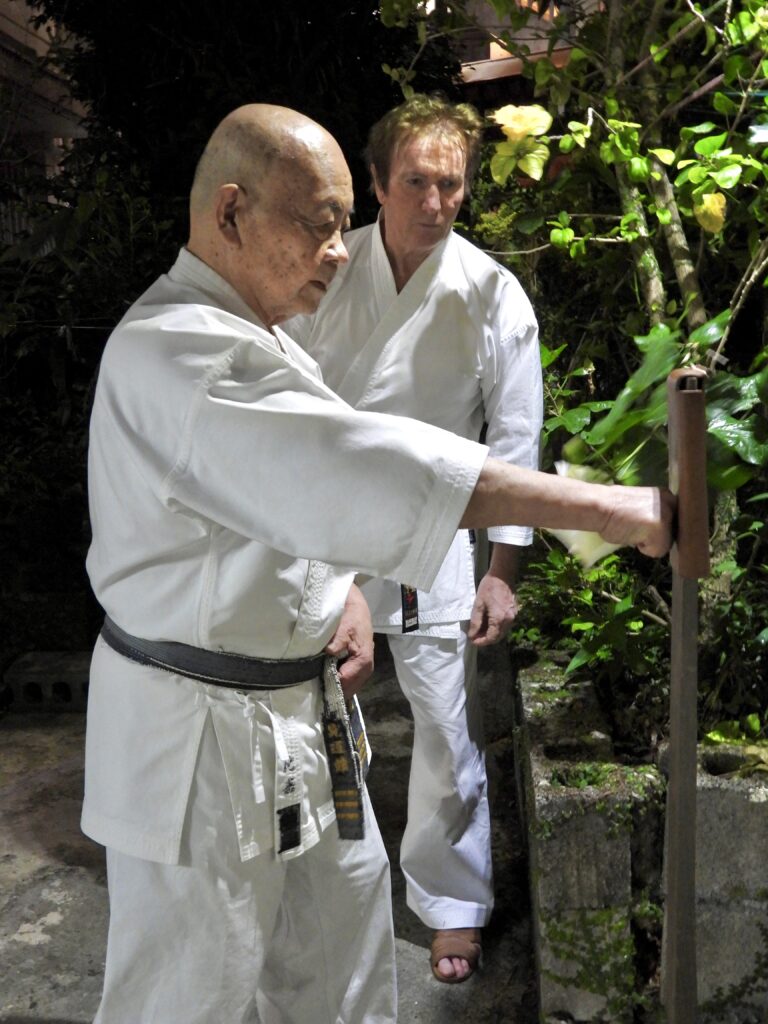
Demonstration of makiwara training by Minoru Sensei. Several makiwara lined up in the garden compose the trademark of the “Kyudokan”.

This photo illustrates the kindness of a top-Master.


Punching the makiwara under the cool winter rain.

Fun conversation with Master Higa under the “Great tug” picture.

Thank you always, Yuko Takahashi Sensei, for conducting these great interviews. These could not be done without you.
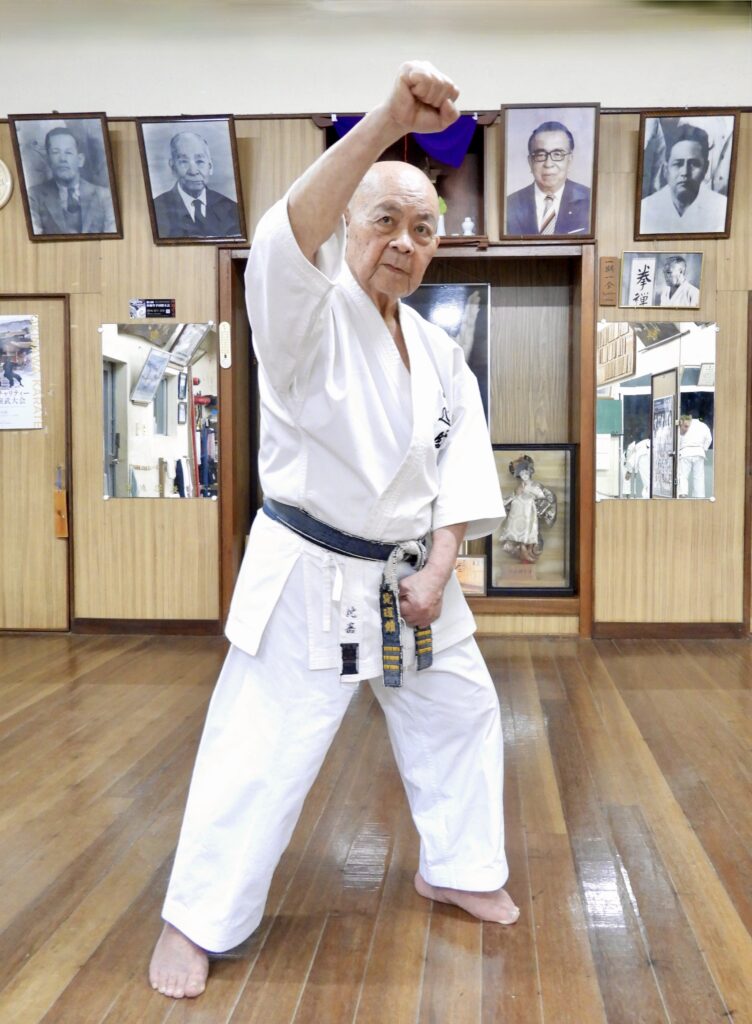
BIOGRAPHY
Minoru Higa Hanshi 10th Dan
Chairman of the Okinawa Shorin-ryu Karate Kyudokan Federation,
Advisor to the Okinawa Karate/Kobudo Federation.
Honorary chairman of the Naha Great Tug of War Preservation Society.
Born in 1941 in Naha City, Okinawa Prefecture.
In 1968, certified heavyweight champion of the All-Japan Amateur Boxing Championships.
In 1969, performs at the first All Japan Karatedo Championships with Yuchoku Higa, Yasuken Uezu, and Yoshimitsu Onaga.
In 1971 Creator of Naha Bodybuilding Center (currently Naha Gym).
In 1977 Long stay in Argentina with Yucho Higa to teach Karate. He gave a mock demonstration at the Kyudokan All South American Tournament.
In 1994 Chairman of the Kyudokan Federation.
In 2009 “Naha City Government Merit Award”.
In 2010, received the 10th Dan Hanshi license from the Okinawa Prefecture Karatedo Federation.
In 2011 Kata demo in front of Shuri Castle Seiden for the “World Uchinanchu Tournament”.
In 2013, won the Okinawa Prefecture Tourism Merit Award and the 5th Okinawa Karate/Kobudo Merit Award (Ryukyu Shimposha)/Shuri Castle demonstration on “Karate Day”.
In 2016, received the Okinawa Prefecture Cultural Merit Award.
In 2019, Chair member of the symposium aimed at registering Karate at UNESCO as an intangible cultural heritage.
(1-) How did you start karate?
I started with Judo when I was in my first year of junior high school (13 years old). At that time, there was a Judo manga called “Igaguri-kun” and I read it and was very influenced by it. So I decided to try Judo. However, there are quite a lot of competitions in Judo, and since I didn’t want to compete, I thought that Karate might be more suitable for me, so I asked my uncle Higa Yuchoku Sensei to teach me Karate and I entered his Dojo.
In fact, I had asked Yuchoku Sensei a long time ago, but he told me; “First of all, do your Judo well.” That is why I continued Judo until I graduated from university.
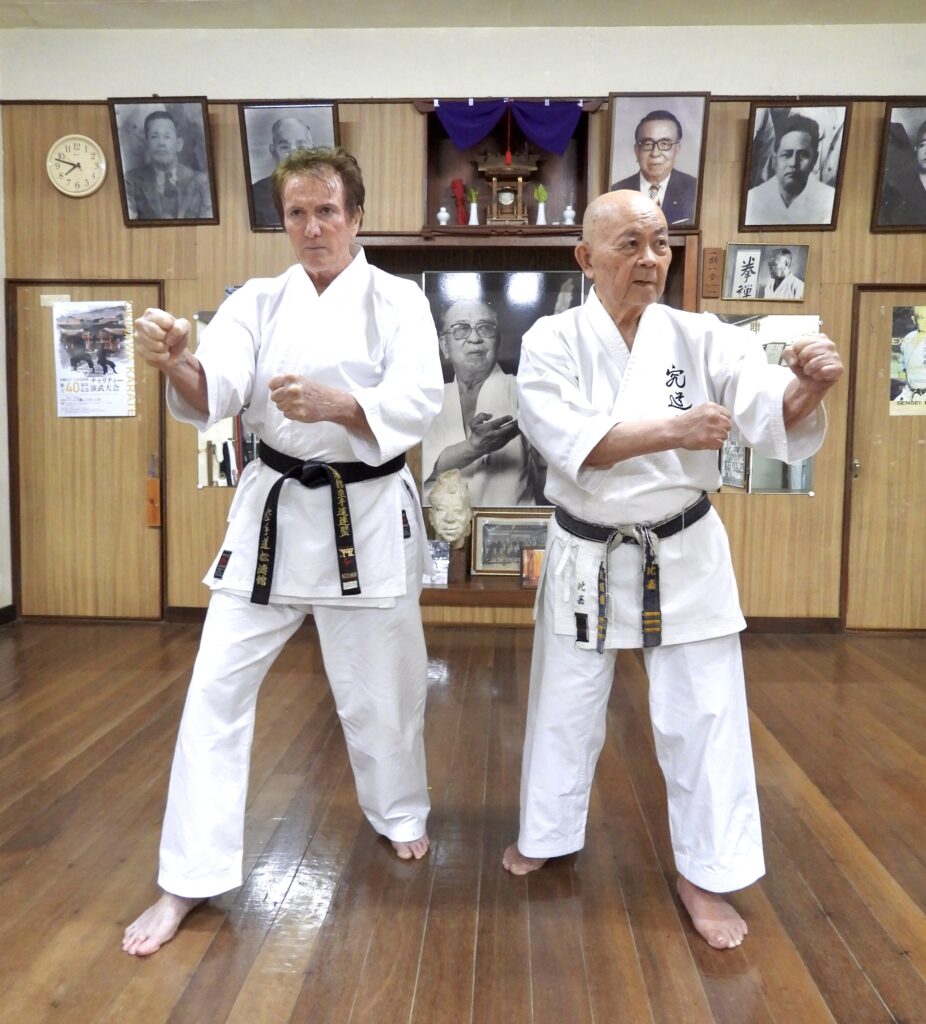
A stance of “Jion”, which is a Kata that both Minoru and Daniel Sensei like.
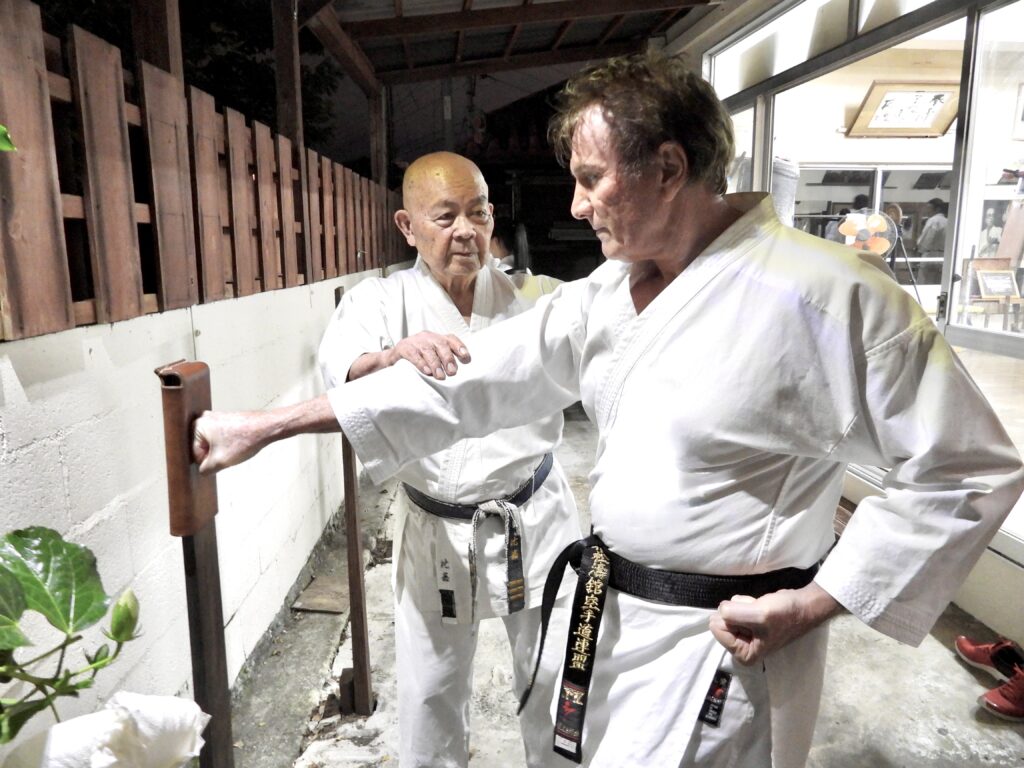
Minoru Sensei teaches makiwara training in detail, including the position of the shoulders and the angle of the arms.
(2-) What are the characteristics of your school (Dojo)?
We focus on the basics (kihon). Starting with basic tsuki, basic uke, tenshin undo (twisting movements), etc… The basic training takes a long time with us.
──What comes after the basics/kihon?
It’s still basic/kihon…! There is no end to it. Advanced techniques and forms are an extension of the basics. Higa Yuchoku Sensei used to say; “It is true that a 3-year-old child can throw a tsuki, but as far as I’m concerned at 80 with a long practice of Karate, I am still not satisfied with my tsuki!” That is how he spent his life trying to find perfection through the basics. This illustrates the endlessness of “kyudo mugen” 究道無限 which means; “No matter how deeply you are pursuing the path [of Karate], there is no limit. This applies to the philosophy of this Dojo.
In the old days, when there were no referees or rules, Kumite was often done at close range between opponents. “Gosun Tsuki” is a technique developed by Yuchoku Sensei, who had a strong punch and used short movements at a distance of five inches (approximately 15 centimeters) at the most. He was using them for both tsuki and uke to produce maximum power since power is supposed to peak at this distance.
Like most Okinawa Sensei, Yuchoku Sensei put a lot of importance on the “Koshi”or “Gamaku” (Abdominal belt in Ryukyu language) and used it to thrust. Since we cannot hit with our bellies, we need to use our fists. Yuchoku Sensei often said that “the fist is the chikemun (errand runner) for the waist”…
[NOTE from Daniel:
“Gamaku” is a word from the Ryukyu language that describes the anatomical part of the body situated between the ribs and the hips. To visualize it better, think of the muscles that are flexing, extending and rotating the trunk. In Japanese anatomy, “gamaku” is translated by “koshi” (Japanese dictionary: the bendable part of the upper part of the pelvis.), but Japanese people rather use the word “koshi” for lower back, pelvic and even the buttocks. These parts are very close anatomically and verbally to the part named “kotsuban”, which means “hips”. It is easy to understand how confusing it was for the Japanese Masters to translate it to Occidental people and that the word “hips” became the final translation. Too bad that Karateka still don’t have a good understanding of biomechanics, because the mistake is still not corrected 70 years later in European countries like France.]
Another specialty; “Kakie”, is taught even for the beginners, with the practice of basic movements. Opponents are observing each other with wrist against wrist and then one triggers an attack while still looking at the opponent. It’s just a random action and not “yakusoku” (pattern). At our Dojo, “kakie” is done with the real intention to hit.
We are also famous for our makiwara training. It takes a long time to practice makiwara correctly.
Also, at the Kyudokan, at the opening and closing of the class, we say “Shinzen ni rei” (God front bow) instead of “Shomen ni rei”.
All these things can be accounted as being the characteristics of the Kyudokan.
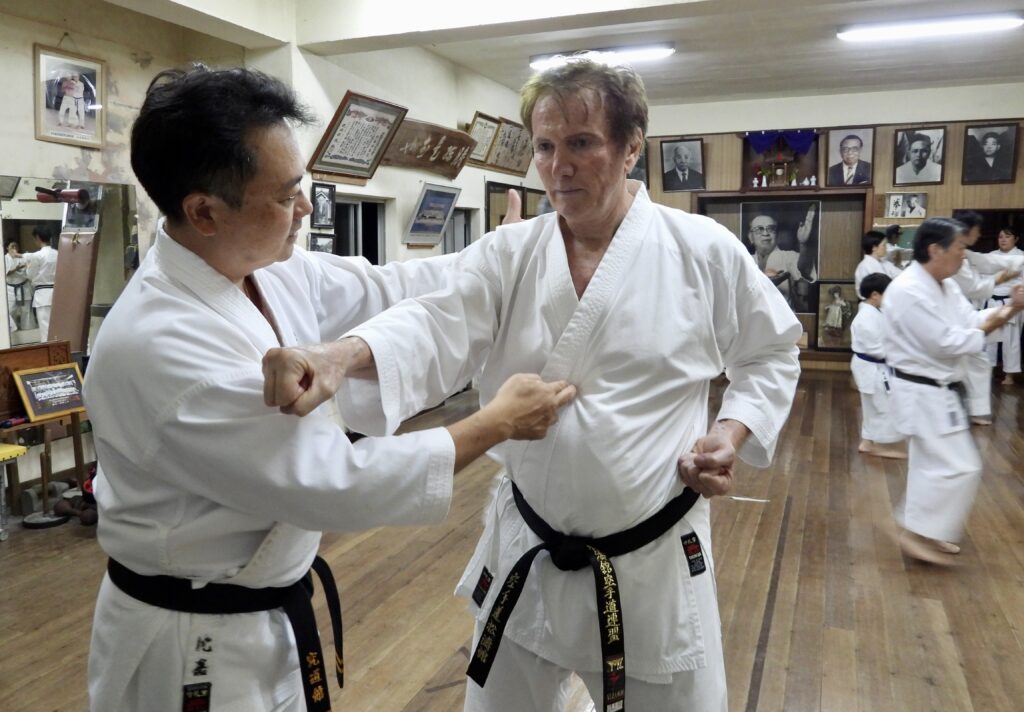
Tsuki instruction by Koyu Kyoshi. The tsuki must aim at the front of the shoulder parallel to the median line and not at the median line like in Shotokan.
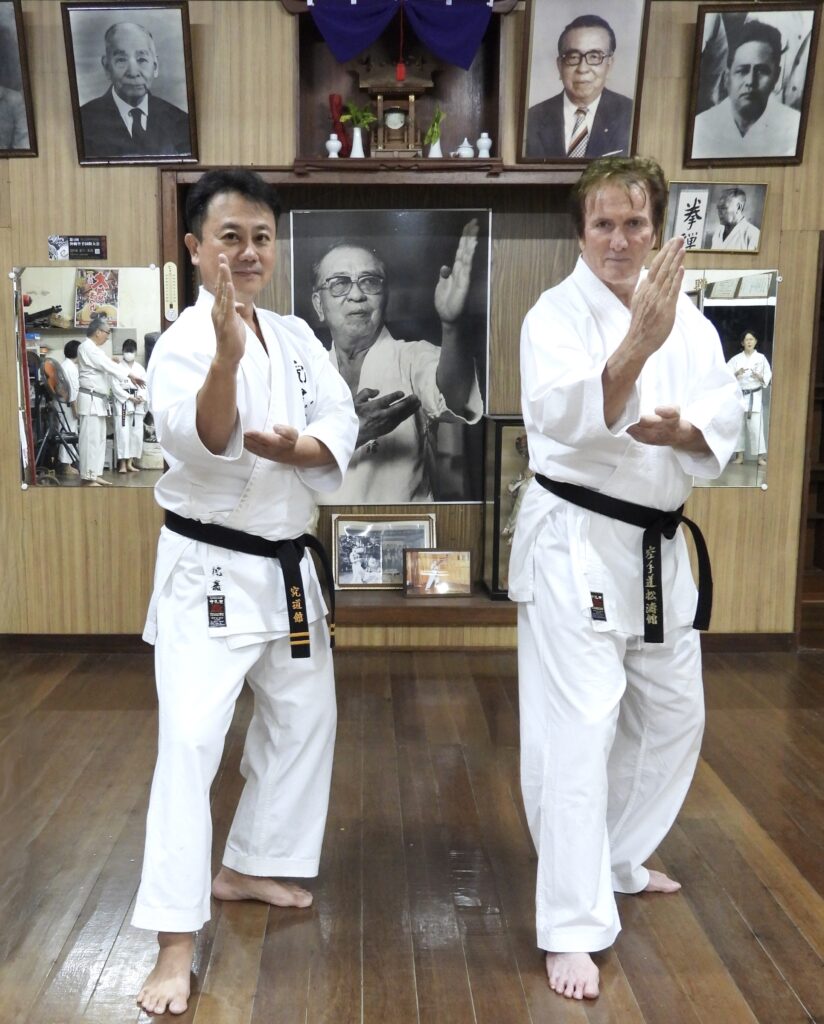
Practicing Shorin-Ryu “shuto uke” with Yuchoku Sensei (picture in the back), who was the first Kancho of the Dojo.
(3-) What is your favorite Waza and Kata?
I like “Jion”. Kyudokan’s “Jion” is one of the few pure forms handed down from Hanashiro Chomo Sensei.
Gichin Funakoshi Sensei also learned Jion from Chomo Sensei, but ours is a little different from the Shotokan style.
(4-) What is your most impressive memory of your Sensei/(Shisho)?
My Master/Shisho is Higa Yuchoku Sensei. The training was so rigorous that some people called Kyudokan the “Dojo of the demons”. Yuchoku Sensei had many disciples. For us, Karate = Higa Yuchoku.
In 1969, I was among 3 young Karate practitioners from each Ryu-ha that had been selected to travel from Okinawa to the very first “All Japan Karate Championship” held at the Budokan in Tokyo.
Yuchoku Sensei was the group leader. We had a training camp, and I performed a celebratory demonstration on stage with Yuchoku Sensei.
I have also assisted Yuchoku Sensei in Argentina and other countries.
At that time, we practiced almost every day! Wednesdays were the only day off and Sundays were for cleaning.
This Dojo used to be part of a bigger garden and there was a pond with carps and we took care of it by pumping water and cleaning it up.
We mostly practiced in the garden and got in the Dojo when it was raining. It was tough…. So my memories of Karate are all about Yuchoku Sensei.

Memories photo from 1970’s at the “Kyudokan” with Yuchoku Sensei (center) and Minoru Sensei (second from the left).
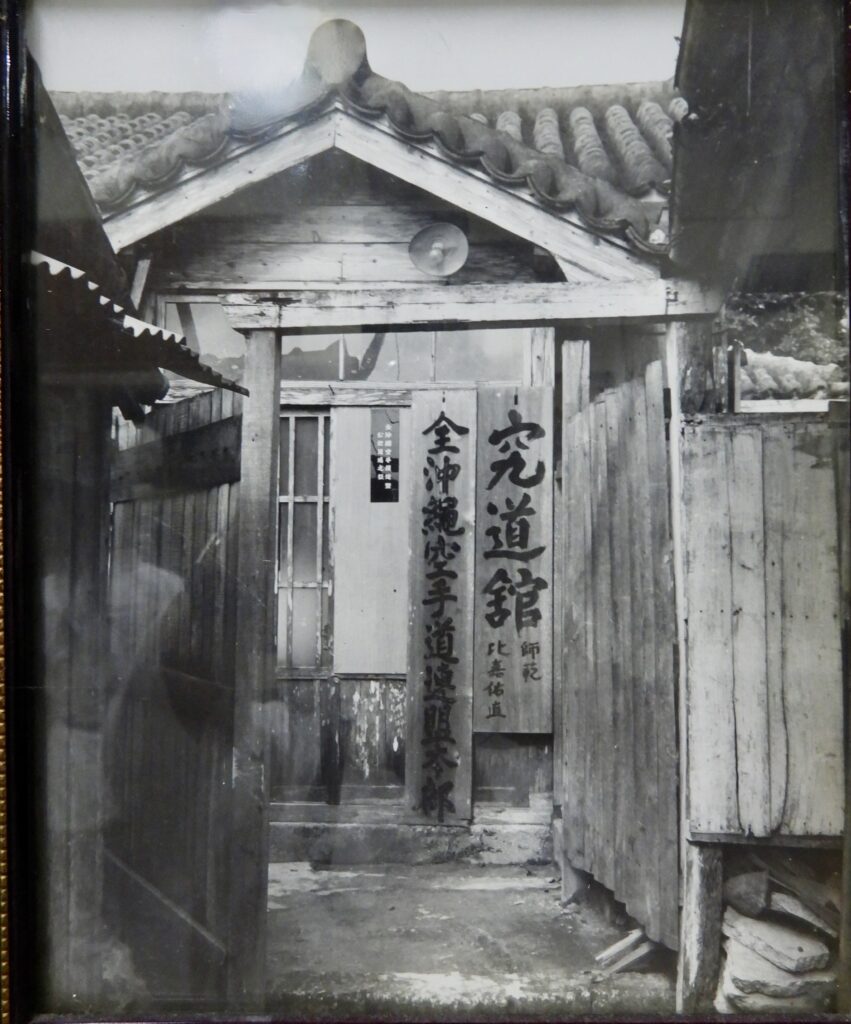
The first Kyudokan. It says “Kyudokan Shihan Higa Yuchoku” and “All Okinawa Karatedo Federation Headquarters”.
(5-) What is the difference between Okinawa Karate and mainland Karate?
They are essentially the same, but on the mainland, they make modifications and change our small movements into bigger ones in order to win in competitions.
This modified Karate has spread around the world.
(6-) Do you often teach to foreigners?
Yes, we have many foreign students. Yuchoku Sensei’s younger brother was able to popularize Kyudokan in Argentina, where he immigrated.
Kyudokan has now branched Dojo all over the world, including Europe, Asia, North and South America. We keep a close relation and have regular exchanges with them.

Koyu kyoshi teaches basic/kihon movements. A powerful voice counting numbers echoes through the Dojo.

Some good old endless series of “age-uke”.
(7-) What do you think about the globalization of Karate?
I would like Karate to be conveyed as it is and without any changes.
Yuchoku Sensei used to say: –“Kata ya Kata sadame, waza ya waza sadame (Kata must be done with the established techniques and techniques must be applied according to their principles). Nothing should be changed!
Also Yuchoku Sensei used to say; “Those who cannot do “hendi” 変手 cannot do true Karate.
NOTE: [This concept was already developed in one of my previous articles with Kuba Yoshio Sensei.]
In the old days, Kumite was called “hendi” 変手. It was an Okinawan Karate word that can be easily translated in Japanese by 変 “Hen” (change, to change) and 手 “Ti/Di” (hand).
In Kumite, the form should remain the same as in a Kata, but the technique can be slightly adapted. The change is usually so subtle that it is not visible. It was said that if you couldn’t do “Hendi”, you were unable to use Karate in Kumite. However, it is important that the basics (kihon) remain unchanged.
(8-) What do you think about Karate becoming a competitive sport, including the Olympics?
People who practice competition Karate also train hard. So I think it’s important to train hard and it is a good thing from this point of view.

Oi-tsuki Shorin-Ryu style.
(9-) What is the significance of Karate as a Budo in these days?
“Nanjiru bushido”『難じる武士道』signifies that a Bushi is not someone who is a genius, but someone who has had tough time. People who went through hardships are usually strong. That is why Yuchoku Sensei often told me to train with humility.
Our Dojo’s motto is ; “Avoid quarrels, respect your superiors and be kind to your juniors and extend this Dojo’s etiquette to the society.”
He guided me to train myself to be humble, to practice a way of life that respects others, and to spread it throughout society. It’s very meaningful.
(10-) How do you envision the future of Karate?
Here we are practicing traditional Karate, but I would like to see more people doing it. Nowadays, it seems that there are more people into sport-competitive Karate, so we should be careful not to let traditional Karate lose out.
(11-) Do you have any message for the world?
Let’s all do Karate. Go to your nearby Dojo. If you go to a Dojo, the teacher will teach you! Instead of thinking about what is cool or bad, let’s pursue the “shinzui” 神髄 (essence) of our own Ryu-ha and value it. Please continue to pass on the tradition by properly protecting the techniques, the spirit, as well as the training methods inherited from your teachers.
(12-) What does “Karate” personally mean to you ?
fun, joy…
Since I have been practicing Karate, I have made many great friends all around the world that I can trust. Karate illustrates 究道無限 Kyudo mugen, which we have already described as; “no matter how deeply you are pursuing the path, there is no limit to it!”. Karate is about training and learning for a lifetime.
Daniel’s conclusion:
My belief was that Ryu-ha automatically implies the creation of cliques… This impression has totally changed since I am doing these series of interviews with the highest level Okinawa Sensei. They are all friends and respect each other! I am impressed by their personality of course, but also by their humanity. With Minoru Sensei, I am once again astonished by the dimension and generosity of Okinawan Masters. I want the Karateka of the world to know about your teachings. Domo arigato gozaimashita Sensei.

3 generations (with Higa Yuki)

With the members of Okinawa Shorin-ryu Karate Kyudokan Hombu Dojo.

Daniel Mardon; the Karateka-Therapist
Creator of Aromapressure® method and physiotherapist with a valid US license, Daniel Mardon was born in Paris. One of his specialties is to teach and to perform lymphedema and subcutaneous tissue-damage care, after radiotherapy for cancer patients at medical institutions and subcutaneous tissue-circulation stimulation before and after surgery.
He was also a therapist for two famous soccer teams in Paris. Since 2005, he has focused on producing top-class hotel spas in Japan, as well as physiotherapy education and awareness-raising activities for health care professionals. Author of several books, among his major publications includes “The Physiology and Bodywork of Physical Therapy ” (Published by BAB Japan) and DVD “Daniel Mardon Aromapressure® Method ” (Pony Canyon). He regularly appears on television and radio shows, and has featured in numerous media publications.

